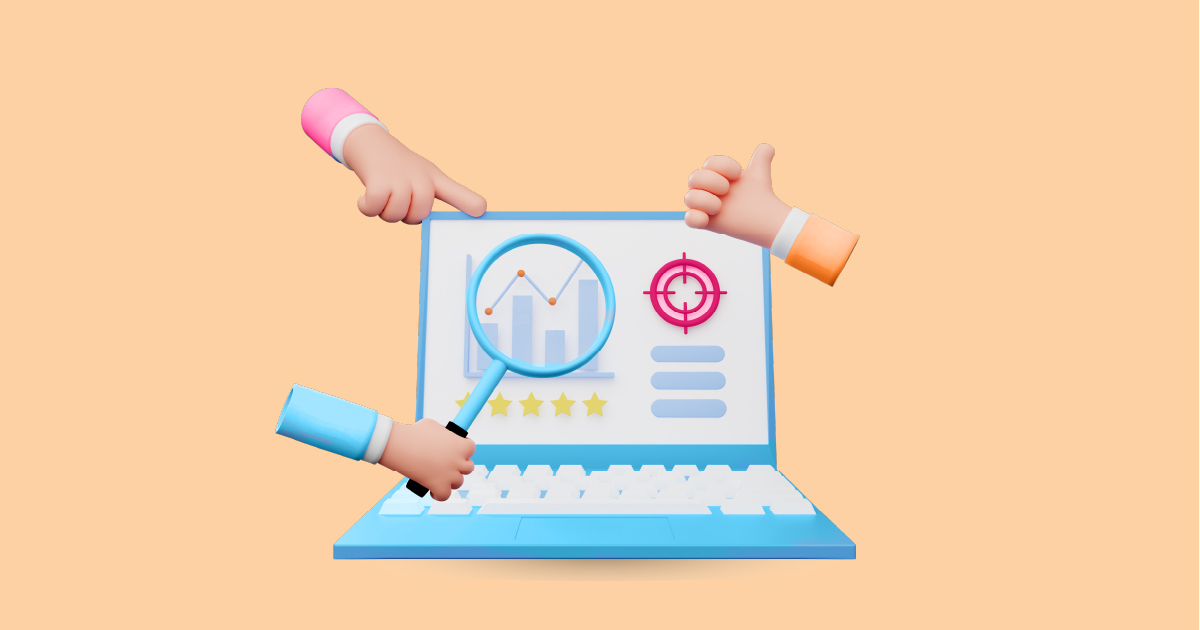Ever felt like you’re shouting into the void on social media? That’s where social listening comes in. Social listening is like having a superpower that lets you eavesdrop on conversations about your brand, industry, and competitors. And when it comes to professional networking, LinkedIn is the place to be. But why should you care about social listening for LinkedIn? Let’s dive in and find out!
Why Social Listening for LinkedIn is Important

LinkedIn isn’t just a place to post your resume; it’s a goldmine for networking, industry insights, and professional growth. With millions of professionals discussing industry trends, sharing knowledge, and looking for business solutions, LinkedIn is the perfect platform for social listening. It helps you understand what your audience cares about, what your competitors are up to, and what’s trending in your industry.
The Benefits of Social Listening on LinkedIn
1. Enhancing Brand Awareness
Social listening on LinkedIn can skyrocket your brand’s visibility. By tracking mentions and discussions, you can engage in conversations and make your presence known. It’s like turning on a beacon that attracts the right kind of attention.
2. Building Stronger Customer Relationships
Ever wished you could read your customers’ minds? Social listening gets you pretty close. By understanding their needs and concerns, you can tailor your responses and build stronger, more meaningful relationships. It’s like having a one-on-one chat with each of your customers.
3. Identifying Industry Trends
Want to stay ahead of the curve? Social listening helps you spot emerging trends before they become mainstream. It’s like having a crystal ball that gives you a glimpse into the future of your industry.
How Social Listening Works on LinkedIn
1. Social Listening Tools
There are plenty of tools out there designed to help you listen in on social conversations. Tools like AIM Insights, Sprout Social, and LinkedIn’s own analytics can give you a comprehensive view of what’s happening in your industry.
2. Setting Up Alerts and Notifications
Imagine getting real-time updates whenever someone mentions your brand. By setting up alerts and notifications, you can stay on top of conversations and respond promptly. It’s like having a personal assistant who never sleeps.
3. Analyzing Data and Metrics
Data is only useful if you know how to interpret it. Social listening tools provide metrics and analytics that help you understand the context of conversations, the sentiment behind them, and the overall impact on your brand. It’s like turning raw data into actionable insights.
Steps to Implement Social Listening on LinkedIn
1. Define Your Goals
Before diving in, you need to know what you’re listening for. Are you tracking brand mentions, industry trends, or competitor activity? Defining your goals helps you focus your efforts and measure success.
2. Choose the Right Tools
Not all social listening tools are created equal. Choose ones that fit your specific needs and integrate well with LinkedIn. This ensures you get the most relevant and actionable data.
3. Monitor Relevant Conversations
Once your tools are set up, start monitoring conversations that matter to your brand. Look for mentions of your company, products, competitors, and industry keywords. This helps you stay informed and proactive.
4. Engage with Your Audience
Don’t just listen—engage! Join conversations, provide valuable insights, and build relationships with your audience. This not only boosts your brand’s credibility but also fosters a sense of community.
Best Practices for Social Listening on LinkedIn
1. Be Consistent
Consistency is key in social listening. Regularly monitor conversations and stay active. This helps you keep a pulse on the latest trends and stay connected with your audience.
2. Respond Promptly
Timely responses show that you value your audience’s input. Whether it’s a compliment or a complaint, addressing it promptly can enhance your brand’s reputation.
3. Stay Authentic
Authenticity goes a long way in building trust. Be genuine in your interactions and avoid canned responses. This makes your audience feel valued and heard.
4. Measure Your Success
Regularly evaluate your social listening efforts. Use metrics and analytics to measure the impact of your actions and refine your strategy as needed.
Challenges
1. Data Overload
The sheer volume of data can be overwhelming. Filtering out the noise and focusing on relevant conversations is crucial to avoid information overload.
2. Privacy Concerns
Respecting privacy is paramount. Be mindful of the information you collect and how you use it. Ensure you comply with LinkedIn’s policies and data protection regulations.
3. Misinterpretation of Data
Context is everything. Misinterpreting data can lead to incorrect conclusions. Always consider the context of conversations and verify information before taking action.
Case Studies
Example 1: Company A
Company A used social listening to track industry trends and engage with thought leaders. This helped them position themselves as an industry authority and attract new clients.
Example 2: Company B
Company B leveraged social listening to identify customer pain points. They used this information to improve their products and services, resulting in higher customer satisfaction and loyalty.
Future Trends
1. AI and Machine Learning
AI and machine learning are set to revolutionize social listening. These technologies can analyze vast amounts of data quickly and accurately, providing deeper insights and more precise predictions.
2. Integration with Other Platforms
The future of social listening lies in seamless integration with other platforms. This will provide a holistic view of your brand’s online presence and help you create more effective strategies.
Conclusion
Social listening for LinkedIn is a game-changer. It helps you stay connected with your audience, understand industry trends, and make data-driven decisions. By implementing the right strategies and tools, you can unlock a treasure trove of insights and take your brand to new heights. Interested in seeing how social listening can work for your business? Request a demo from AIM Technologies.
FAQs
What is Social Listening?
- Social listening is the process of monitoring online conversations to understand what people are saying about your brand, industry, or competitors. It helps you gather insights and make informed decisions.
How Can Social Listening Benefit My Business?
- Social listening can enhance brand awareness, build stronger customer relationships, and help you stay ahead of industry trends. It provides valuable insights that can inform your marketing strategy and business decisions.
What Tools Can I Use for Social Listening on LinkedIn?
- Tools like AIM Insights, Sprout Social, and LinkedIn’s analytics are great for social listening. They provide metrics and alerts to help you stay informed and engaged.
How Do I Start Social Listening on LinkedIn?
- Start by defining your goals, choosing the right tools, and monitoring relevant conversations. Engage with your audience and regularly evaluate your efforts to ensure success.
What Are the Challenges of Social Listening on LinkedIn?
- Challenges include data overload, privacy concerns, and misinterpretation of data. It’s important to filter out noise, respect privacy, and consider the context of conversations.




